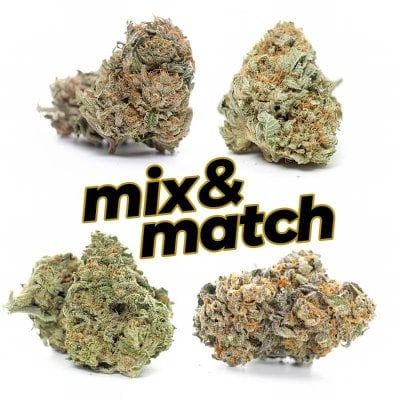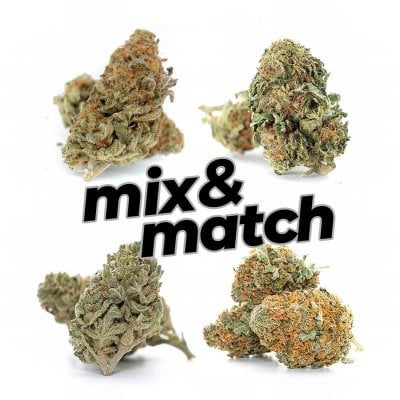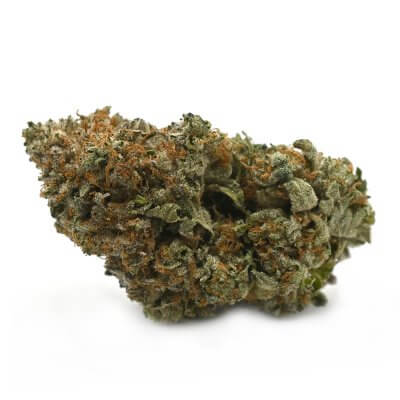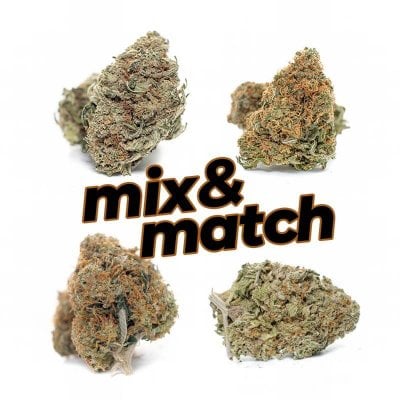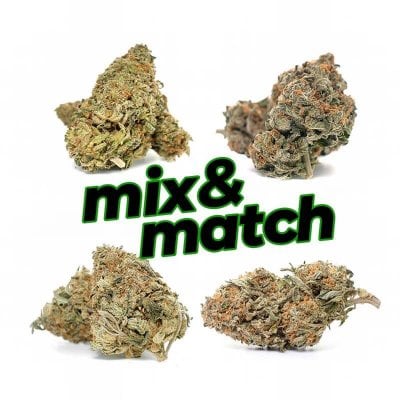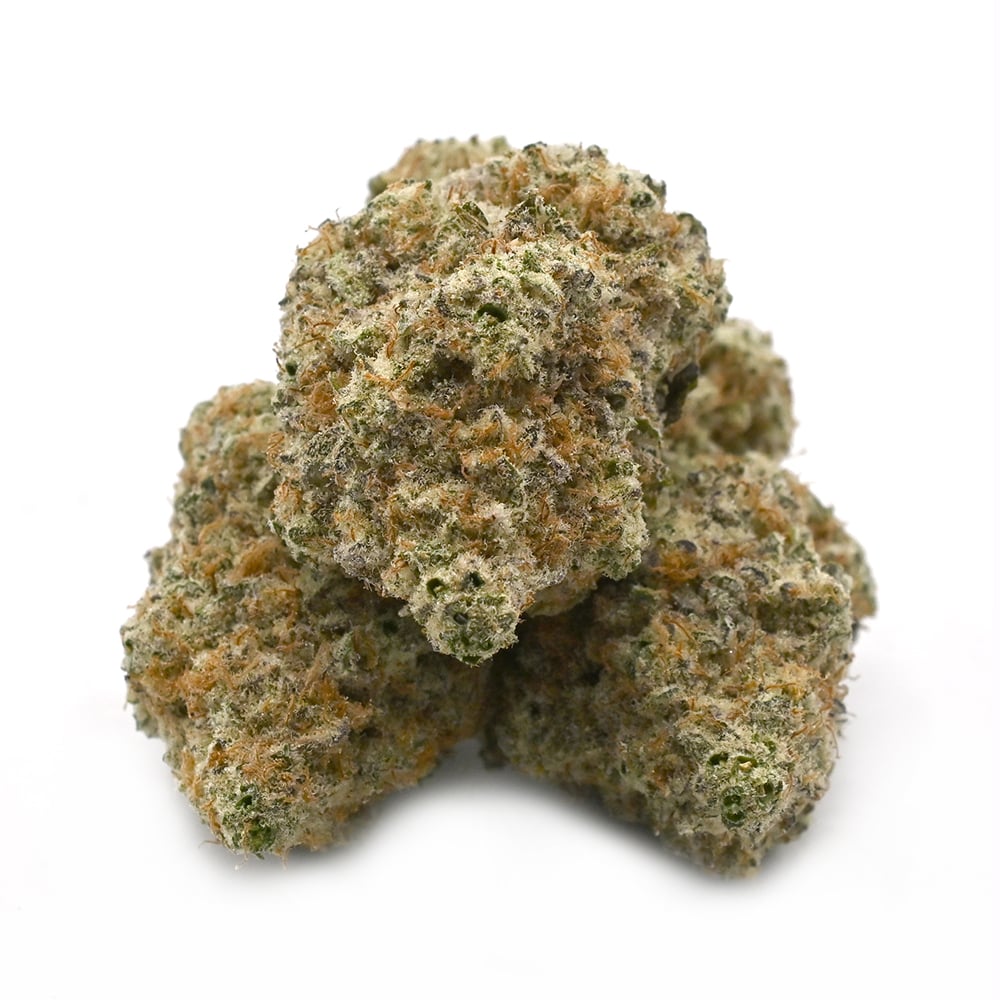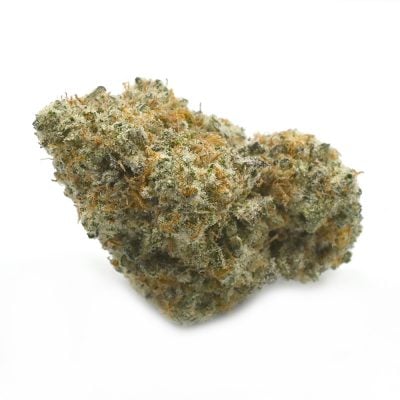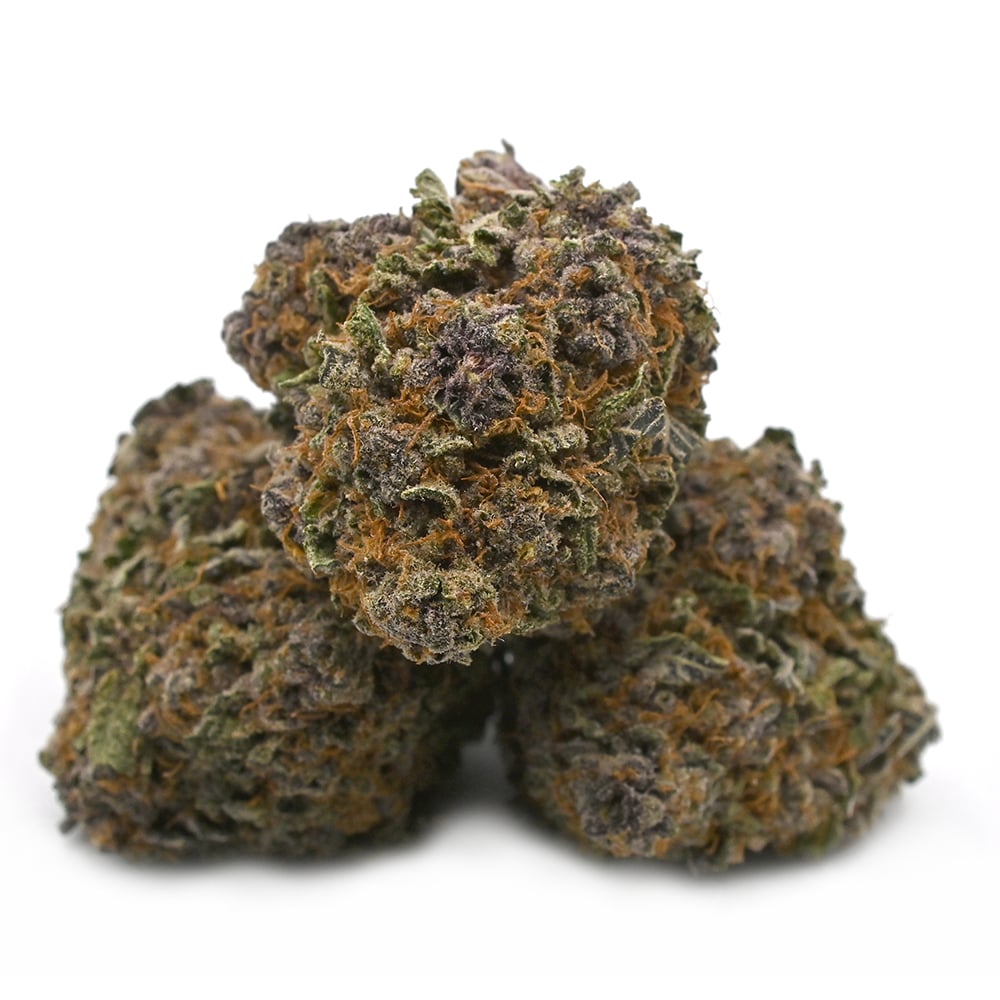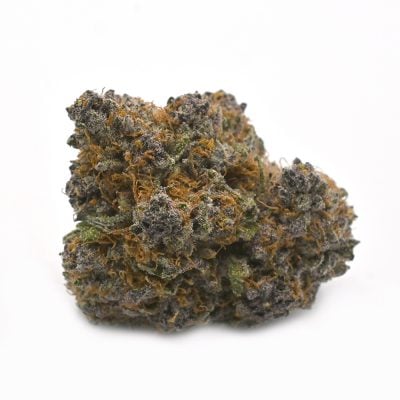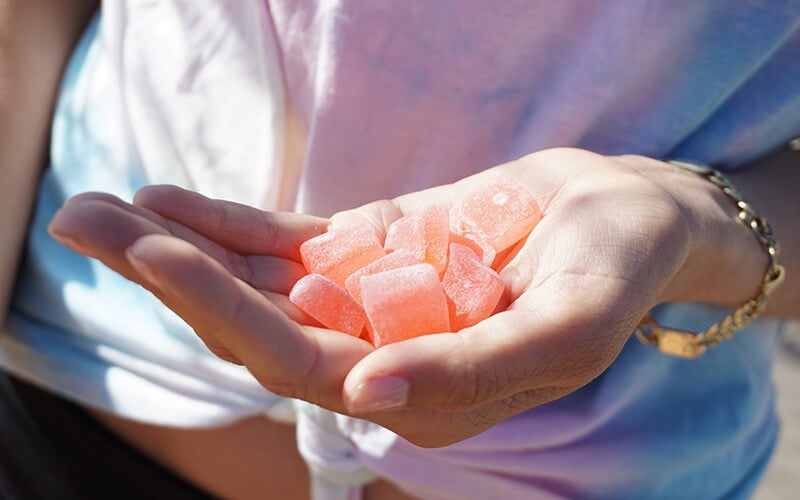If you’re reading this, chances are, you’re concerned about someone in your life possibly using cannabis, or you’re just trying to be informed – and that’s great.
Being aware is the first step in understanding and addressing the issue, if it arises.
How Does the Use of Weed Affect a Person?
Your concerns about a loved one possibly using weed are valid, and it’s commendable that you’re seeking to understand their situation rather than passing judgment.
Read also: Do True Feelings Come Out When High
Before we go into the specifics of what being high on weed looks like, let’s first understand the general impact it has on a person’s body and mind.
Read also: Head High vs Body High
When someone consumes weed, the psychoactive compound THC enters their bloodstream and travels to the brain. There, it interacts with a system of cell receptors known as the endocannabinoid system. This interaction disrupts various normal processes and results in the experiences that are commonly associated with a ‘high’.
Read also: Weed Tolerance
Generally, weed users may experience feelings of relaxation and euphoria. Their senses can become heightened, with colors appearing more vibrant, sounds more intense, and even simple experiences feeling profound. They might also find things funnier and have an altered perception of time.
Read also: Why Do I Still Feel High After 24 Hours
These experiences could potentially be what your loved one is seeking. It’s essential, however, to approach them with understanding and empathy, not judgment.
Remember, every person’s experience with weed is unique, and their reasons for using it may be deeply personal.
Now, equipped with a basic understanding of how weed affects the body and mind, let’s delve into the signs that could indicate someone you know is under its influence.
How Can You Tell If Someone is High?
Having just learned about the general effects of weed, you might be wondering how to identify these signs in someone you suspect is high.
Read also: Why I Feel High When I’m Not
Here are some insights from both my experience and professional resources:
1. Change in Social Activity
A sudden shift towards introversion or isolation can be a sign of marijuana use.
2. Volume and Tone of Speech
Users may speak louder or softer than usual, or their tone may fluctuate unpredictably.
3. Bloodshot or Red Eyes
Marijuana use can cause eyes to appear red or bloodshot. The user’s pupils may also react differently to light.
4. Unusual Laughter
A user may find things disproportionately funny, leading to fits of laughter at inappropriate times.
5. Altered Coordination
Marijuana can affect motor skills, making a person’s movement unsteady or slow.
6. Altered Perception of Time
Marijuana can distort a user’s perception of time, making minutes seem like hours.
7. Increased Appetite
Marijuana users often experience an increased craving for food, especially snacks.
Also check: Does Eating Edibles Work Less on a Full Stomach?
8.Altered Focus
They might have trouble maintaining a conversation or sticking to one topic.
9. Paranoia or Anxiety
Some users may experience heightened feelings of paranoia or anxiety.
10. Smell
Marijuana has a distinct odor. You might notice a skunk-like smell on the person or their clothes.
Read more: Why Does My Sweet Suddenly Smell Like Weed?
11. Delayed Reaction Times
Marijuana users often exhibit slower reaction times, both physically and cognitively.
12. Short-Term Memory Issues
Users might forget things that they’ve just said or done.
13. Mood Swings
A user might fluctuate rapidly between different moods or emotional states.
Read also: Why Do I Feel Antisocial After Smoking Weed
14. Lack of Motivation or Energy
They might show less interest in activities they once enjoyed or appear lethargic.
15. Change in Sleep Patterns
Marijuana can cause insomnia in some users or make others sleep excessively.
16. Unusual Risk-Taking
Users might exhibit uncharacteristic behavior, like taking unnecessary risks.
17. Financial Issues
Frequent borrowing of money or other financial issues may be a sign of ongoing marijuana purchase.
18. Legal Troubles
Consistent legal issues related to violence or altercations can be indicative of substance use.
19. Possession of Drug Paraphernalia
Finding items like rolling papers, bongs, pipes, or other marijuana-related equipment can be a strong indication of use.
20. Decreased Academic or Work Performance
Users might display a sudden drop in their grades or work performance.
21. Neglect of Personal Hygiene
Some users might neglect their personal grooming or cleanliness.
In the next section, we’ll delve into how you can address this situation and provide supportive, helpful advice.
How to Deal with Someone Who’s High
Knowing the signs of marijuana use is a crucial first step, but what do you do once you’ve noticed these signs?
Read also: How to Get High Without Weed
It’s important to approach the situation with kindness, empathy, and understanding.
Remember, you’re dealing with a person who may be struggling. The way you respond can make a significant difference.
Engaging in Conversation
When you’re dealing with someone who is high, the first step is to engage in conversation.
Keep your tone calm, non-judgmental, and open. Ask how they’re feeling and listen actively. They may exhibit altered focus or have difficulty keeping up with the conversation, so be patient.
Read also: Can You Get High from Smelling Weed
Avoid confrontation, as this could exacerbate feelings of anxiety or paranoia common in marijuana users.
Providing a Safe Environment
If the person is feeling anxious or paranoid, it’s important to provide a safe and calm environment.
This might mean turning down loud music, dimming bright lights, or even just providing a comfortable place to sit.
Creating a soothing atmosphere can help alleviate some of the immediate symptoms of marijuana use.
Addressing Concerns
Once the immediate situation is under control and if the person is open to discussing it, express your concerns.
This conversation can be tricky; it’s important not to come across as accusatory or judgmental. Instead, focus on your observations and express concern from a place of care and support.
It might be helpful to use “I” statements, such as “I’ve noticed you seem more withdrawn lately, and I’m worried about you.”
Suggesting Help
If the person’s marijuana use seems to be affecting their life negatively, it might be time to suggest seeking professional help.
Explain that many people find therapy, counseling, or support groups helpful when dealing with substance use issues.
Remember, though, that the decision ultimately has to come from them.
Navigating Resistance
Encountering resistance is common when addressing substance use issues.
If the person denies their marijuana use or becomes defensive, remain calm. Pressuring or arguing with them might only push them further away.
If they’re not ready to discuss it, it’s essential to respect their feelings while still expressing your concern.
Maintaining Your Well-being
Dealing with a loved one’s substance use can be emotionally challenging.
Make sure to also take care of your own mental and emotional well-being. Seek support from trusted friends or professionals, and don’t feel guilty about setting boundaries if needed.
Navigating these situations is tricky and emotionally charged, and there’s no one-size-fits-all answer. However, approaching the situation with understanding, empathy, and patience can pave the way for positive change.
In conclusion, understanding the signs and effects of marijuana use, especially if it involves a loved one, can be a complex process.
The experiences of individuals with marijuana vary greatly, so an empathetic, understanding, and patient approach is critical when addressing concerns about potential marijuana use. It’s also important to take care of your own mental health in these situations, knowing when to seek professional advice and learning to set necessary boundaries.
Despite the challenges that marijuana misuse might bring, it’s essential to remember that responsible marijuana usage exists.
Here at BMWO. We emphasize responsible consumption and offers an array of products suited for various needs and preferences, underlining the idea that marijuana, when used appropriately, can be part of a balanced lifestyle.
And remember, dealing with potential marijuana misuse is a journey that requires patience and understanding, but it is a journey that can lead to positive changes and healthier relationships.
FAQs about Being High
Here’s a list of additional questions that we’ve answered for you that relates to telling if a person could be high.
The key to avoiding looking high lies in pre-emptive actions and practicing responsible cannabis use. There are techniques like staying hydrated and using eye drops to minimize the physical signs. However, it’s not just about appearance, but also behavior.
Want to know what actions to take? Check out our full ‘How to Avoid Looking High‘ article where we discuss this topic in detail.
Becoming “unhigh” involves understanding your body’s reactions to cannabis and applying techniques that can help mitigate its effects.
For instance, staying calm and finding a peaceful environment can help. But it’s not always that simple and sometimes, you need a bit more guidance.
Curious about what more can be done? We delve into these strategies in our detailed ‘Getting Unhigh’ guide.
Spotting when someone has become too high can range from observing their physical state to recognizing behavioral changes.
They may seem paranoid, or their reactions might be overly sluggish or exaggerated. It’s an important topic that can help ensure safety when using cannabis.
But how do you handle such a situation? Find out in our extensive article, “What are the Symptoms of Being Too High.”
Best Sellers
Buy My Weed Online has everything you need, from premium strains to edibles and concentrates. With unbeatable prices, our online dispensary is guaranteed to be your go-to for all of your cannabis needs.
Shop now and join the thousands of satisfied customers who have already made us their top choice.


